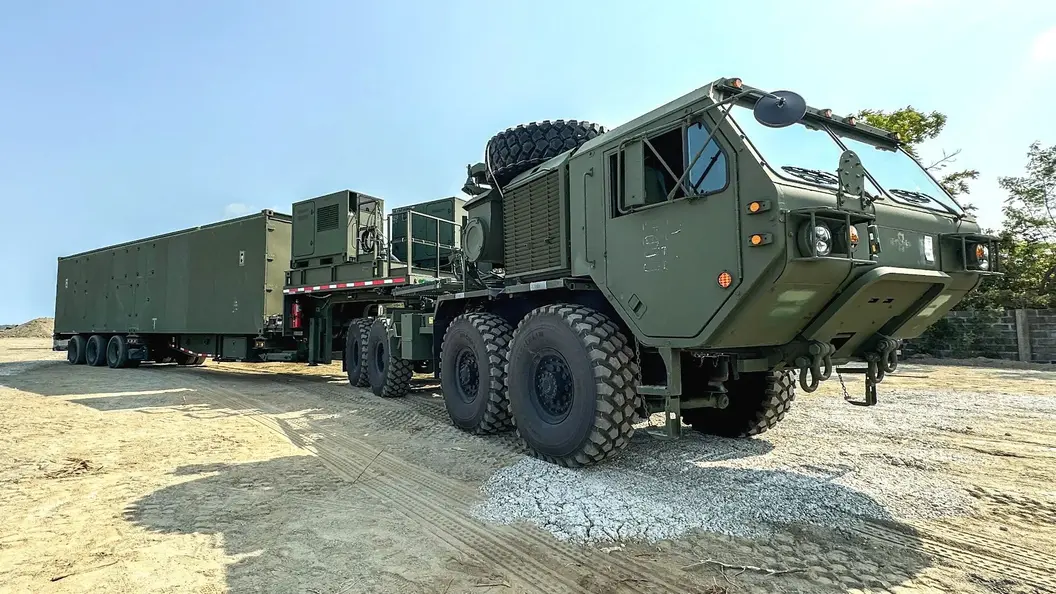The long-awaited announcement is here! Yamaha has confirmed that the R9 is indeed on its way after years of speculation. With the R6 no longer in production, Yamaha sporstbike enthusiasts have been eager to find a replacement between the R1 and R7, which has not quite filled that gap.
The R9’s introduction makes sense, especially since Yamaha has an existing 890cc Triple that has only been seen in MT-09 models until now.
Yamaha clarifies that the R9 is not meant to replace the R6; instead, it has been designed with both track and street capabilities in mind. Nonetheless, many may view the R9 as a spiritual successor to the R6, even if it’s not a direct replacement. Additionally, it is not intended to replace the R1, which is transitioning to track-only status in some regions, though thankfully not in the U.S. at this time.
Design and Appearance
The R9 showcases unmistakable Yamaha aesthetics, with a nose similar to that of the R6 and R3, featuring LED light strips. The center of the front end has an R7-inspired headlight rather than the previous ram-air intake seen on the R6. Interestingly, the R9 comes equipped with functional winglets, a standard feature on modern sportbikes. Its fuel tank design is reminiscent of the R1, while the new tail section draws inspiration from the R6. According to Yamaha, the R9 is their most aerodynamically efficient model to date.
The ergonomics of the R9 strike a balance between the track-oriented R1 and the more street-friendly R7. The clip-on handlebars are positioned below the triple tree, indicating a sporty riding position. Compared to other sportbikes like the Suzuki GSX-8R and Triumph Daytona 660, the R9’s ergonomics are similar to the R1, with footpegs and the seat positioned lower and further forward. Notably, like the MT-09, the R9 offers adjustable footpeg placement for customization.
How Is The Engine Performance?
Although the 890cc Triple engine is largely similar to that of the MT-09, Yamaha notes it has dedicated fuel mapping for the R9. The rear sprocket has been altered, reducing the number of teeth from 45 to 43 for improved top-end speed.
This adjustment leads to an output of nearly 120 horsepower at the crank (106 hp at the wheel), with torque figures of approximately 63 lb-ft at the wheel, making it a strong contender on the street and track. The taller gearing enhances its performance capabilities, allowing the inline-Triple engine to deliver a thrilling sound.
Braking System
Yamaha has faced criticism in the past for the brake performance on its sport models, but improvements were made with the MT-09 SP, which included Brembo Stylema calipers and steel-braided lines.
The R9 continues this trend, featuring the same components, now paired with larger 320mm discs (up from 298mm on the MT-09). To further enhance braking performance, Yamaha has equipped the R9 with more aggressive brake pads. Standard ABS is included, but only the rear ABS can be disabled.
Electronics And Features
As a sibling to the R1, the R9 is equipped with an array of electronic features, including a nine-mode Traction Control System (TCS), three-mode Slide Control System (SCS), three-mode Lift Control System (LIF), and a Brake Control System (BC), all of which can be adjusted or turned off for a more connected riding experience.
Additional features include an autoblipper for smooth gear changes, smartphone connectivity, and cruise control. Navigation through menus is facilitated by a joystick-centered switch on the left handlebar, with all information displayed clearly on a 5-inch full-color TFT screen that offers various themes.
Chassis
While it may seem that the R9 is just an MT-09 with new bodywork, that’s not the case. The frame resembles that of the MT-09 but is constructed from gravity casting, resulting in the lightest aluminum frame Yamaha has ever produced for a supersport model. This frame is specifically tuned for different flex characteristics than the MT-09.
The R9 features KYB suspension, including a fully adjustable SDF (Separate Damping Fork) that allows for high- and low-speed compression damping adjustments. The rear shock is also fully adjustable and includes an easily accessible external preload adjustment knob.
How Much Will Yamaha R9 Sportsbike Cost?
One of the most appealing aspects of the R9 is its price point. At just $12,499, it undercuts competitors like the Suzuki GSX-R750 ($13,149) and Triumph Street Triple 765 RS ($12,795), while being slightly more expensive than the Aprilia RS660 ($11,549) and the older Honda CBR600RR ($12,199).
The 2025 Yamaha YZF-R9 will be available at dealerships starting March 2025, offered in three color options: Team Yamaha Blue, Matte Raven Black, or Intensity White/Redline. A first ride review is expected to follow the bike’s release, but for now, fans can celebrate the reality of the R9 and the continued existence of sportbikes.
MUST READ: California Police Department Buys $153,000 Cybertruck For Anti-Drug Events


















